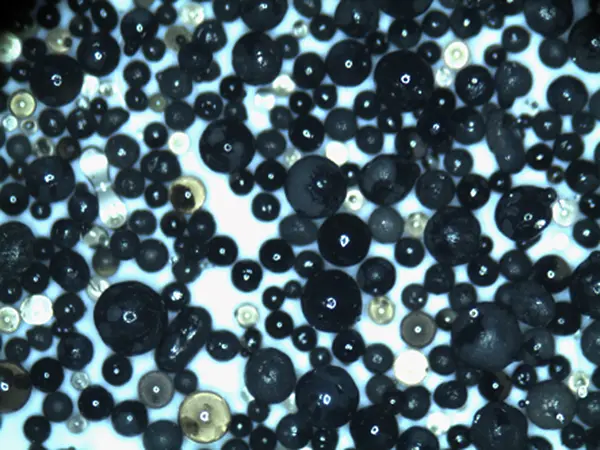Understanding Sand Casting in China A Comprehensive Overview
Sand casting, one of the oldest manufacturing processes, has been a cornerstone of metal fabrication for centuries. In recent years, China has emerged as a global leader in the sand casting industry, leveraging its vast resources, skilled labor, and advanced technology. This article will explore the key aspects of sand casting in China, including its processes, advantages, applications, and future trends.
The Sand Casting Process
At its core, sand casting involves creating a mold using a mixture of sand, clay, and water. The process begins with the design of a pattern, usually made from metal or wood, which is used to form the mold. The pattern is placed in a sand mixture, where it is compacted to create a negative impression. After the mold is formed, it is carefully removed and prepared for the pouring of molten metal.
The molten metal, which can be aluminum, iron, or other alloys, is then poured into the mold cavity. Once the metal cools and solidifies, the mold is broken away to retrieve the casted part. This method allows for the production of complex shapes and sizes with high precision and excellent surface finishes.
Advantages of Sand Casting in China
China's dominance in the sand casting industry can be attributed to several key advantages
1. Cost-effectiveness The use of abundant local materials and the availability of low-cost labor significantly reduce production costs. This enables manufacturers to offer competitive pricing while maintaining quality.
2. Scalability Sand casting is highly scalable, allowing factories in China to produce both small and large quantities of castings. This flexibility is attractive to companies looking to meet diverse market demands.
3. Adaptability The sand casting process can be easily adapted for various metals and alloys, enabling manufacturers to cater to a wide range of industries, from automotive to aerospace.
china sand casting

4. Rapid Prototyping With advancements in technology, including 3D printing, Chinese manufacturers can quickly produce prototypes, helping businesses accelerate their product development cycles.
Applications of Sand Casting
Sand casting is utilized across multiple industries. In the automotive sector, it is used to create engine blocks, transmission cases, and other engine components. The aerospace industry benefits from sand casting for producing turbine housings and structural components. Additionally, the construction industry relies on sand casting for producing architectural elements and fixtures.
Moreover, as industries move towards more sustainable practices, the recycling of sand and metal scraps in the casting process has become increasingly prevalent. This not only reduces waste but also lowers the environmental impact of production.
Future Trends in China's Sand Casting Industry
As the global market continues to evolve, several trends are shaping the future of sand casting in China. One significant trend is the integration of smart manufacturing technologies, such as the Internet of Things (IoT) and artificial intelligence (AI), to enhance operational efficiencies and quality control.
Furthermore, with a growing emphasis on sustainability, Chinese manufacturers are investing in eco-friendly practices, including the use of green sand and reducing emissions during the casting process. This shift is driven by both regulatory requirements and consumer preferences for environmentally responsible products.
Finally, as China faces increasing competition from other countries in the sand casting market, continuous innovation and skill development will be crucial for maintaining its competitive edge. By investing in research and development, Chinese manufacturers can explore new materials and techniques that further optimize the sand casting process.
Conclusion
Sand casting remains a vital component of China’s manufacturing landscape. With its blend of tradition and innovation, the industry not only supports domestic needs but also caters to global demand. As future trends unfold, China’s investment in technology and sustainability will likely shape the next chapter of sand casting, ensuring its relevance in an increasingly competitive world.
Post time:Aug . 08, 2024 06:15
Next:The Benefits and Applications of Sintered Sand in Modern Manufacturing Processes
